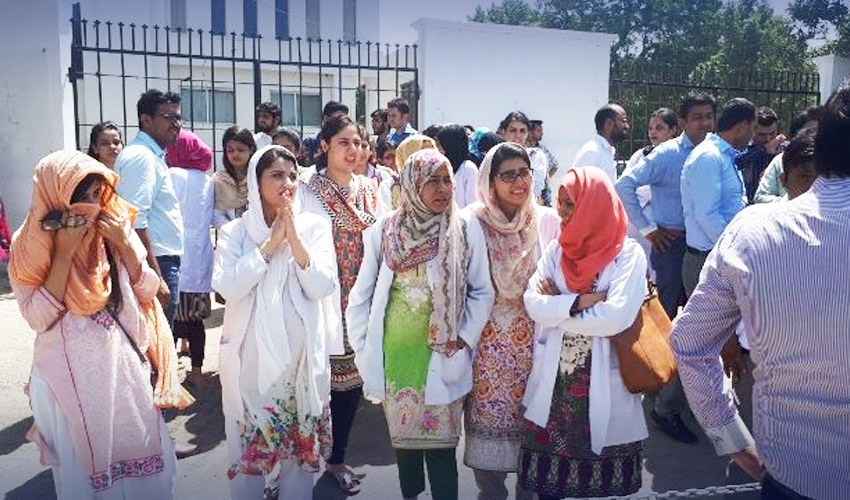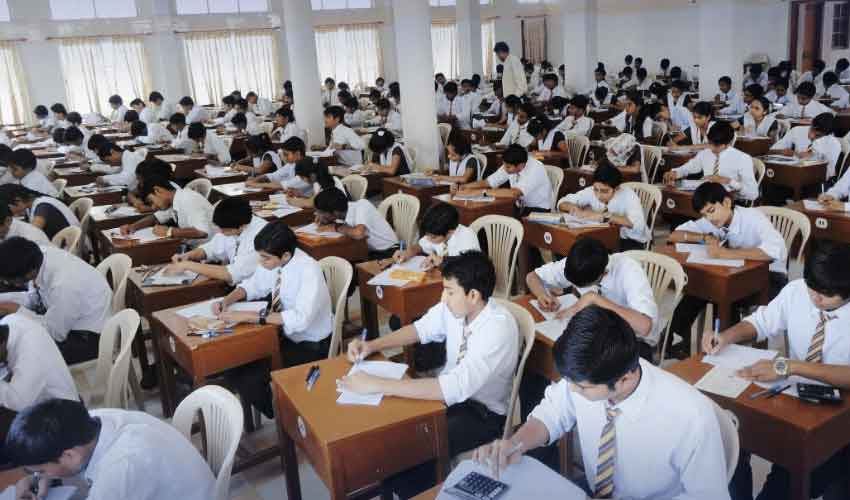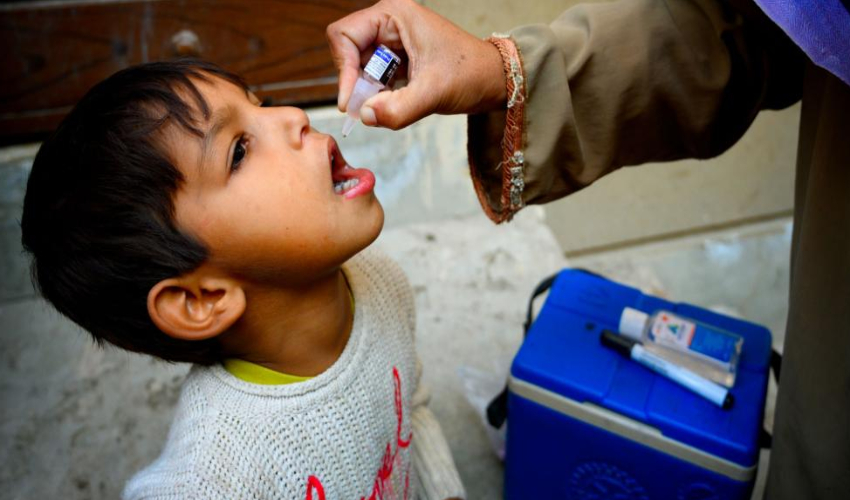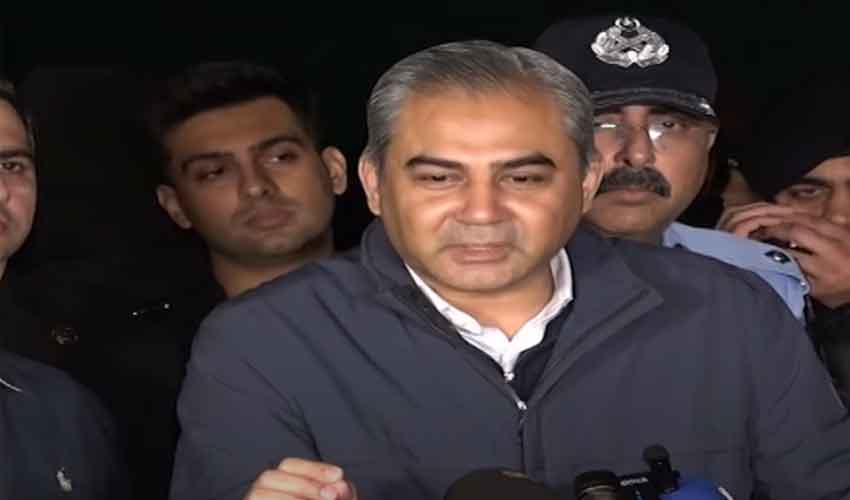In Pakistan, a substantial number of women doctors are currently unemployed, despite the world's fifth most populous nation's dire need for qualified medical professionals.
Ironically, this predicament unfolds in a nation where the financially constrained government invests significant resources in subsidizing medical education at public universities.
Startling statistics have revealed that approximately 35% of women medical doctors in Pakistan are without jobs, according to a nationwide research jointly conducted by Gallup Pakistan and PRIDE.
This research draws its basis from the Labour Force Survey 2020-21 and scrutinizes data from the Pakistan Bureau of Statistics concerning the labor market, particularly focusing on women medical graduates, disseminating its findings to inform the country's policymaking circles.
The crisis-ridden country currently grapples with a severe shortage of qualified doctors, while paradoxically more than 36,000 women doctors find themselves either jobless or opting to abstain from the labor force for various reasons.
Bilal Gilani, the executive director at Gallup Pakistan, highlights the gravity of the situation. "Pakistan has a dearth of trained medical doctors."
The survey underscores that there are currently 104,974 women medical graduates in Pakistan. Among these, 68,209, or 65%, are actively employed within private and state-owned medical facilities.
However, the nation also has 15,619, comprising 14.9% of women doctors, who are without any job, while 21,146, constituting 20.1% of the total number, remain completely outside the labor force, as per the survey.
The Pakistan Medical and Dental Council (PMDC) reports that since its establishment in 1947, Pakistan has produced approximately 200,000 doctors -- half of them being women. Alarmingly, data from the Bureau of Immigration reveals that around 30,000 doctors have migrated from Pakistan since 1970, with nearly 1,000 leaving the country annually.
Gilani emphasizes a significant issue among women doctors. "Qualified female doctors are not working," he observes.
A majority of these doctors have received their education at public sector universities, where the government subsidizes their education with billions of rupees. Notably, while private universities charge medical students more than Rs5 million, government institutions offer the same education for less than Rs1 million.
This taxpayer-funded investment appears to go to waste, given that one in three women doctors is not actively practicing, according to the survey. This results in an approximate waste of Rs200 billion in current value, given the investment in almost 50,000 women doctors.
Dr Shahid Naeem, irector of policy research at PRIDE, points out that one in every five medical graduates chooses to remain outside the labor force. The majority of these "out of labor force" women medical graduates are married, indicating a societal trend of pursuing medical education to secure advantageous marriages.
Dr Naeem calls upon the government to reconsider its policy of seat allocation, particularly in public sector medical colleges, to ensure a return on investment.
The survey findings align with the notion of 'doctor brides', a prevalent phenomenon in Pakistan, where families encourage their daughters to pursue medical education to enhance their marriage prospects.
The survey also provides a regional breakdown of employment patterns among these doctors, revealing that approximately 28% and 72% of Pakistan's total medical graduates reside in rural and urban areas, respectively.
In rural regions, over half of Pakistan's medical graduates are employed, with a lower proportion choosing to remain outside the labor force compared to the national average.
In urban centers, around 70% of medical graduates are employed, with a limited percentage unemployed. However, the proportion of those choosing to remain outside the labor force is notably higher in urban areas.
When examining the 21,146 women medical graduates who opt out of the labor force, data indicates that a significant majority, 76.6%, are in urban areas, with only 23.4% in rural regions. Notably, around 76% of these graduates who opt out of the labor force are married.
The survey's age breakdown indicates that the majority of women medical graduates fall within the 25-34 age group.
Conclufingly, the survey emphasizes the need for targeted policy efforts to enhance employment opportunities for medical graduates, particularly in rural areas where unemployment rates are elevated. This research encompasses women medical graduates with MBBS, BDS, MS/MSc, MPhil, or PhD degrees in any medical field and is based on data collected from nearly 99,900 households across Pakistan, providing district-level representative results for the first time.



























